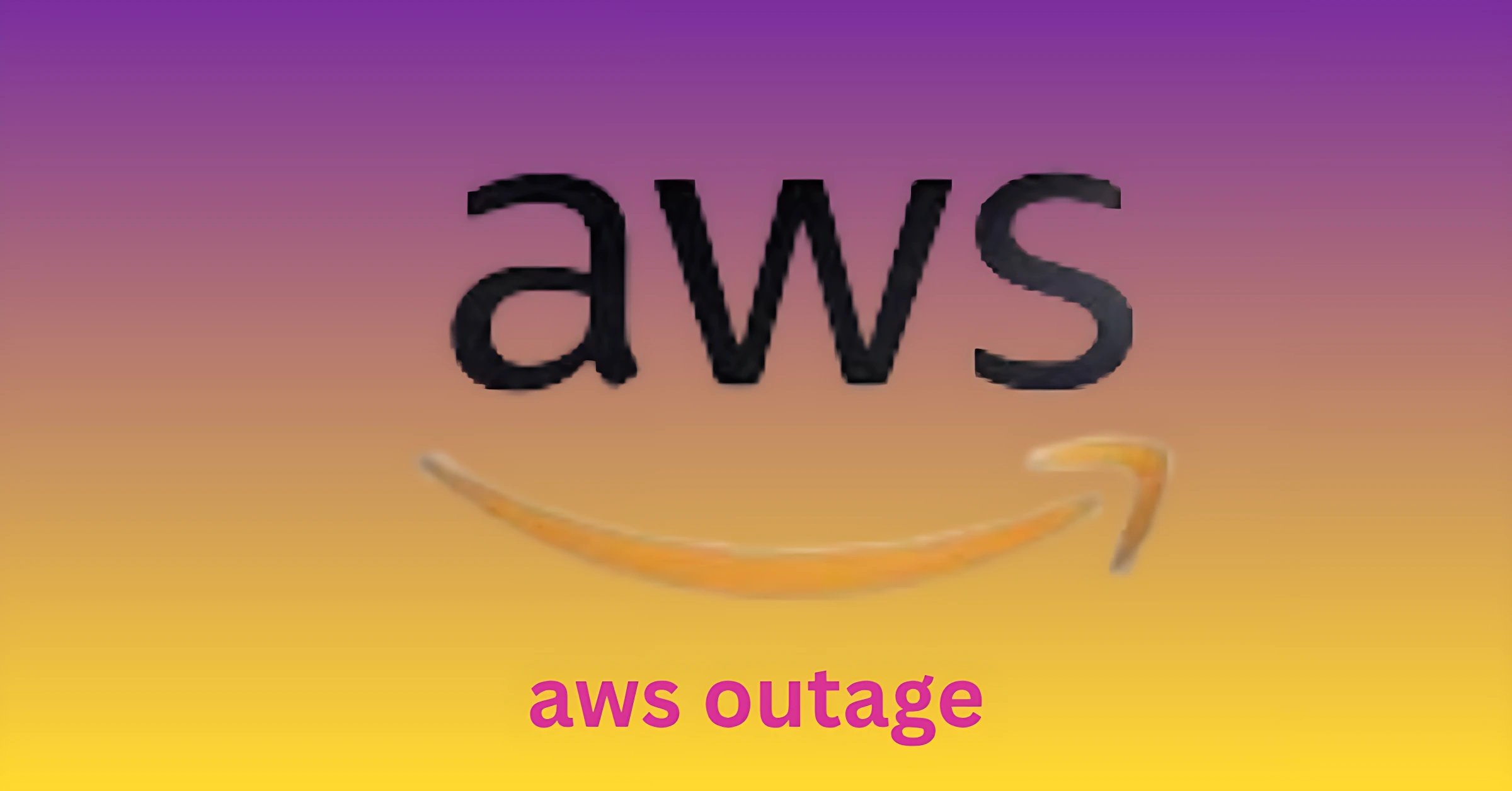The AWS outage brought the internet to a halt
The AWS outage brought the internet to a halt: major websites, apps, and streaming platforms crashed, leaving millions stranded online, highlighting how dependent the world has become on Amazon’s cloud services.
In what is being described as one of the largest Internet disruptions of the year, Amazon Web Services (AWS) suffered a massive outage that left countless websites, apps, and online services either crippled or completely offline. The cloud giant, which powers a large portion of the Internet’s backbone, experienced a sudden and widespread failure that shocked the digital world. From major e-commerce platforms to small business websites and even streaming services, the outage reminded everyone how much of the modern Internet depends on Amazon’s cloud.
Reports of problems started coming in early in the morning, with users complaining that they were unable to access their favorite websites or log into apps. Within an hour, the number of outage reports on monitoring sites like Downdetector skyrocketed. Major platforms that rely on AWS—including Netflix, Disney+, Slack, Twitch, and parts of Amazon’s own online retail operations—suffered giant losses. Even smart home devices like Alexa and Ring doorbells faced disruption, leaving users frustrated and confused.
For the millions of people who rely on these services for work and entertainment, downtime was more than just an inconvenience—it was a full-blown digital nightmare. Businesses that rely on AWS-hosted servers were unable to process orders, send emails, or even access their websites. Several companies apologized to their customers on social media, explaining that the matter was beyond their control and assuring them that engineers were working to restore normal service as soon as possible.
AWS acknowledged the issue on its official status page, confirming that several of its core services were affected. According to the company, the issue originated in one of its major data centers in the US, causing its impact to spread to multiple regions. Engineers reportedly struggled to reroute traffic and bring the systems back online, but the complexity of AWS’s infrastructure made recovery slow and laborious.
For ordinary users, the outage felt like the Internet was broken. Streaming platforms buffered endlessly, websites refused to load, and mobile apps displayed endless “error” messages. On social media, “AWSOutage” quickly began trending around the world, with thousands of users expressing their frustration or sharing memes about the situation. The disruption also sparked renewed debate about how society has become dependent on a handful of cloud providers to keep the digital world running.
Amazon Web Services is the invisible backbone behind a surprising number of online services. From banks and hospitals to government agencies and startups, AWS powers critical infrastructure in nearly every industry. When AWS goes down, it doesn’t just impact one company—it impacts millions of users globally. That’s why even a few hours of downtime can lead to billions of dollars in losses and shake confidence in the reliability of cloud computing.

Industry experts say the outage serves as a warning to businesses that rely solely on a single provider for their digital operations. Many companies use AWS because it offers unbeatable scalability, reliability, and global reach—but this centralization also creates a single point of failure. If Amazon faces any technical problem, it can shut down a large part of the Internet in one fell swoop. Some analysts have already begun urging organizations to diversify their infrastructure and adopt multi-cloud strategies to reduce the impact of future outages.
This is not the first time AWS has faced a major failure. Over the past few years, there have been several incidents that caused parts of the Internet to be temporarily shut down. Each time, Amazon promised improvements to prevent a recurrence, and yet the cuts continued. As cloud computing becomes even more central to modern life, these disruptions are being felt on a larger scale than ever before.
For businesses that depend on uptime to survive, even a few hours of downtime can be devastating. Sales at online retailers plunged, video conferencing apps lost calls, and digital payment systems crashed mid-transaction. In some cases, emergency services relying on cloud-hosted tools were also temporarily affected. It’s a stark reminder that the digital conveniences we enjoy every day are built on a fragile network of servers and connections, which can be destroyed in an instant.
As engineers worked throughout the day to restore functionality, AWS slowly brought its services back online. By late evening, most users reported that systems were returning to normal, although some remaining problems remained. Amazon later issued a statement apologizing for the disruption and promising a full investigation into what went wrong. The company said it will share details after identifying the root cause and steps to be taken to prevent such incidents in the future.
The financial impact of the outage is still being calculated, but experts estimate that the downtime could cost millions—if not billions—of dollars in lost productivity, missed transactions, and service interruptions. For Amazon, the incident is another blow to its reputation, especially as competition in the cloud computing market has intensified with Microsoft Azure and Google Cloud aggressively expanding their services.
What made this outage particularly worrisome is how it highlighted the Internet’s dependence on a handful of major cloud players. AWS, Microsoft Azure, and Google Cloud together dominate the market, hosting the majority of global online traffic. While this concentration of power makes cloud services efficient, it also means that when something goes wrong, the impact is huge.
On social media, users shared their frustration but also a sense of disbelief that a technical issue from one company could bring down such a large portion of the Internet. Memes comparing the outage to the “Internet apocalypse” flooded Twitter and Reddit, while IT professionals exchanged technical details and theories about the cause of the failure. Some speculated that a configuration error or software update gone wrong could have caused the problems, though Amazon has not yet confirmed any specifics.
Despite the chaos, some people managed to find humor in the situation. One popular post read, “If AWS shuts down, will the Internet still exist?” Others joked that the power cuts forced them to “touch grass” for the first time in months. Still, the situation was no laughing matter for businesses losing thousands of dollars per minute.
When the dust settled, the AWS outage left a mix of relief and unease. Relief that services had finally returned and uneasiness that such a major breakdown could happen again. For many, this is a sobering reminder of how centralized the Internet has become. As much of our daily lives—from entertainment and communications to banking and healthcare—depends on cloud-based systems, the risks of keeping them online have never been greater.
Ultimately, the outage will likely fade into memory as just another bad day for the Internet. But for tech companies and consumers, it’s a lesson in digital vulnerability. The cloud may seem limitless, but it is not invincible. The next time AWS—or any major provider—goes dark, the world may once again find itself disconnected, staring at a blank screen, and wondering how something so powerful could become so fragile.
One thing is certain: In the digital age, when the cloud sneezes, the entire Internet goes cold. And today, the Internet was trembling.

